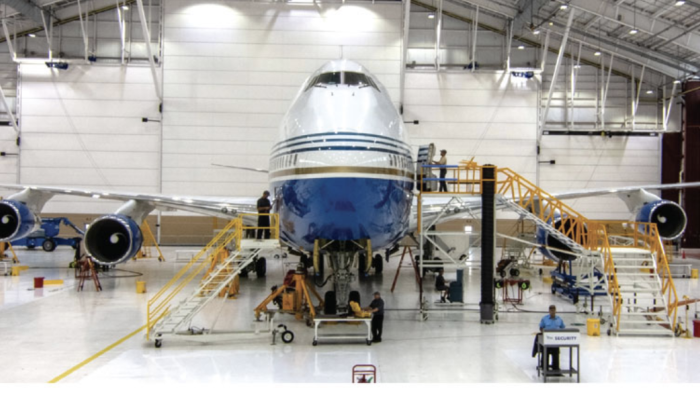NVision, manufacturer of a non-contact measurement and scanning systems, touts its products as valuable in identifying parts variances and settling legal disputes.
“Each year thousands of product injury lawsuits are filed in the U.S. While it’s indisputable that the use of flawed products can result in injury to the consumer, it’s equally true that manufacturers are often sued for product defects that don’t exist or for defects that occurred after the product left the manufacturing facility,” Steve Kersen, v-p of sales and marketing for NVision, said.
That is where the company’s NVision handheld laser system and full-size, non-portable Maxos systems come in. They use a proprietary non-contact probe consisting of a concentrated light that collects individual points at a rate of 100 per second. The Maxos provides accuracy of +/- 0.0002 inch and a resolution between measured points down to 0.00001 inch, according to Kersen.
The company has provided critical assistance in several product-liability cases.
“In one case, it was necessary to inspect a product defect that had caused a critical component to break and cause an airplane to lose altitude and crash. If the defect was an inclusion in a casting it would indicate a manufacturing defect and would likely be shaped like a stringer or half-ellipse. However, if the defect was a corrosion pit that had occurred long after manufacturing, and had not been properly addressed when the aircraft was last serviced, it would likely be hemispherical in shape,” he said. “Using NVision technology it’s potentially possible to rule out the theorized cause of an accident and clearly show whether or not an alleged defect actually existed.”
Colin Ellis, engineering manager, said it’s also possible to scan any part and compare it against a CAD or other digitized model and see the variance. “You can see how a part changes over time due to wear and use it for predictive maintenance,” he told AIN. “For example, because it is so accurate we can use it for 3-D modeling. We scan a portion of an airframe interior to get the exact measurements to use in designing a cabin interior.
“What sets us apart from other technologies that serve this market niche is our technology. We have a wide laser strip width and integrated software, making it much easier to use,” Ellis said.
The NVision handheld laser system sells for about $150,000 and the Maxos non-portable coordinate measuring machine fetches about $200,000. The company sells, installs and trains on the product but also has clients who hire the service division to do the work. The company can dispatch an engineer with an NVision system anywhere in the world.







